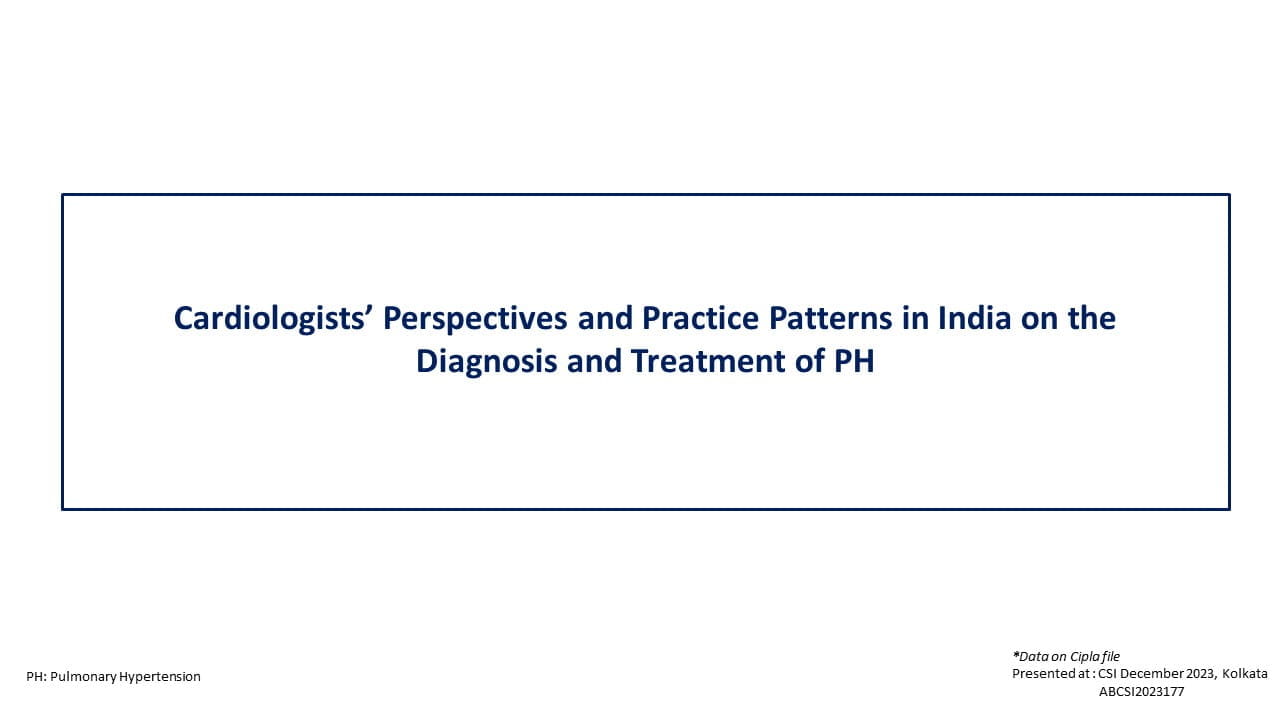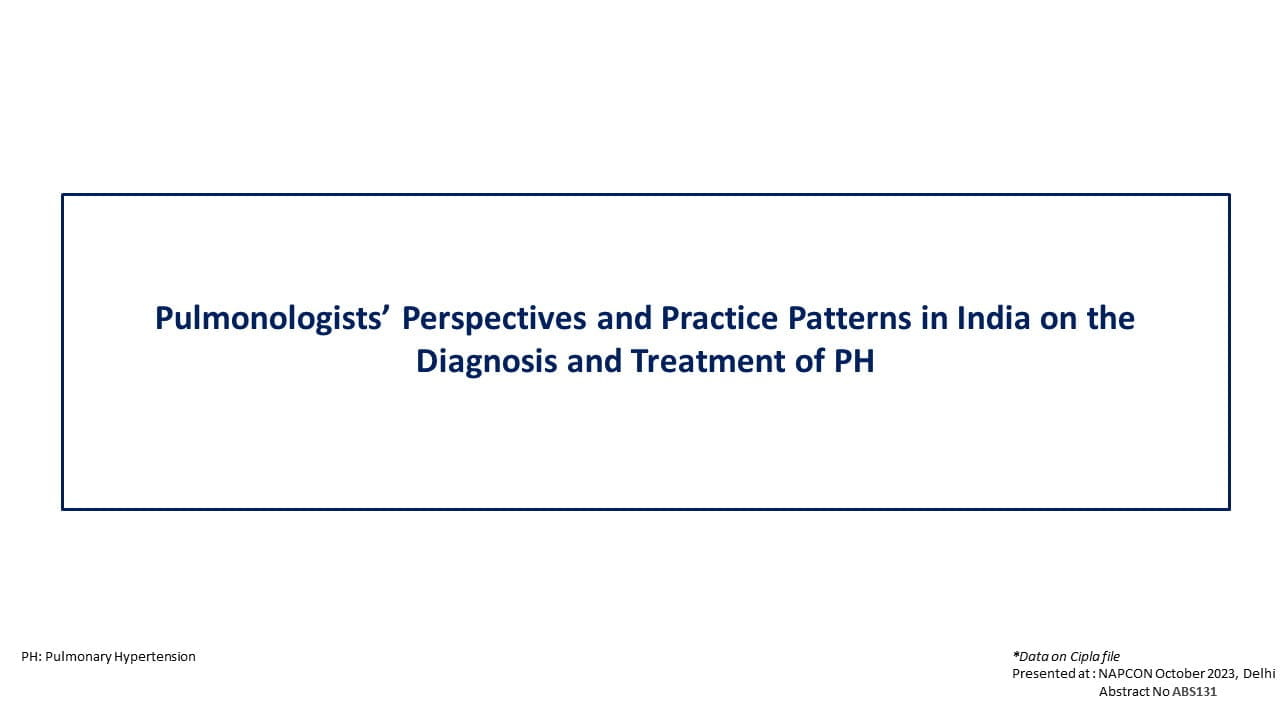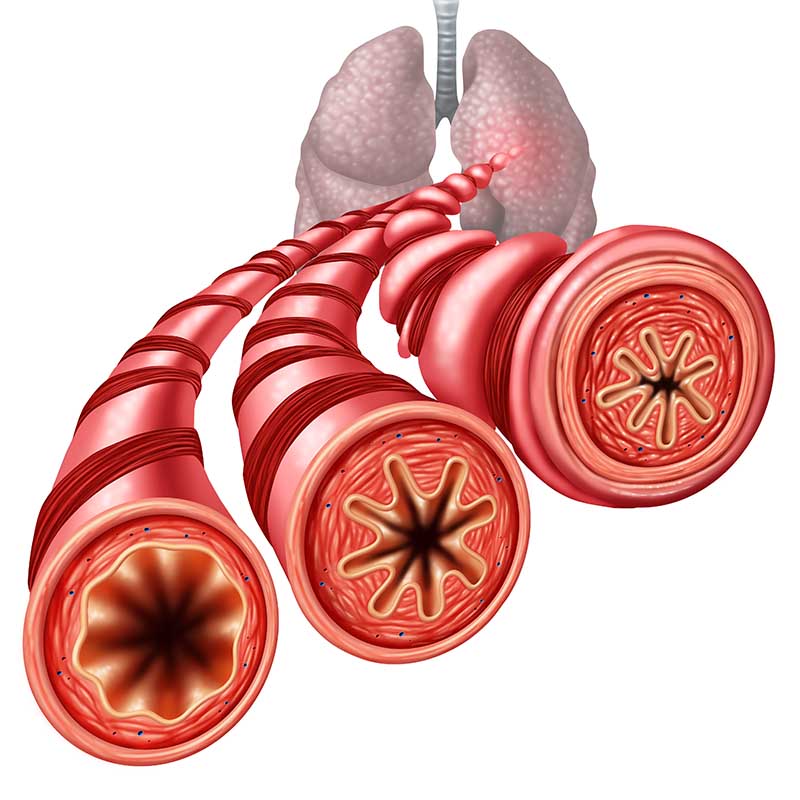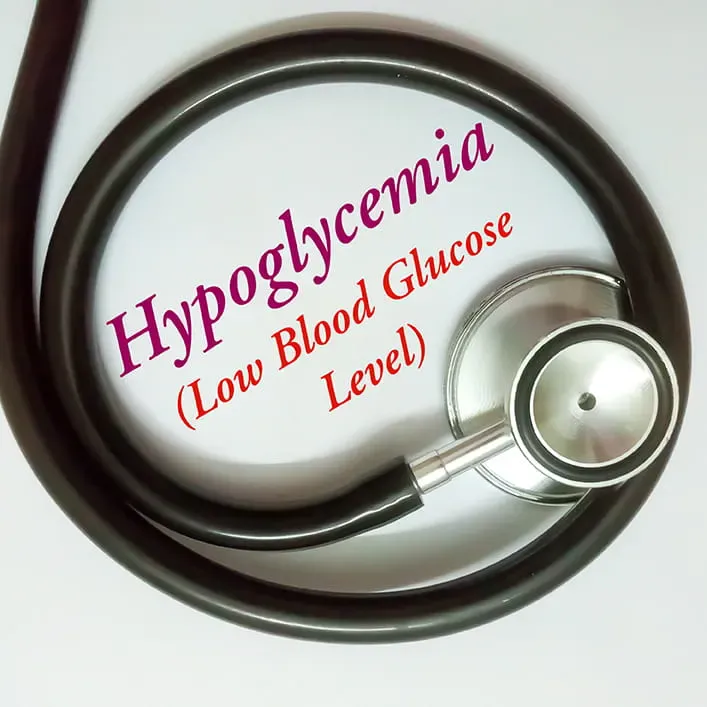Alfuzosin or Tamsulosin Might Improve Resolution of Urinary Retention Secondary to Benign Prostatic Obstruction
Introduction
Several studies have proven that ?-1 blockers such as alfuzosin, tamsulosin and silodosin increase the rates of successful trial without catheter (TWOC) in patients with acute urinary retention (AUR). Data from 5 studies have demonstrated that ?-1 blockers were associated with a reduced risk of recurrent AUR. There is no clarity on the use of 5-? reductase inhibitors (5ARIs) in combination with ?-1 blockers. Urgent prostatic surgery is another alternative for AUR but has a high risk of intra and postoperative complications and mortality. Hence management of UR secondary to benign prostatic obstruction (BPO) varies widely and needs to be standardized. Scarcity of data and current lack of high certainty of evidence (CoE) has prompted the researchers to conduct this review.
Aim
This systematic review and meta-analysis compared the safety and efficacy of various treatments for AUR or chronic UR (CUR) in adults with BPO (UR/BPO).
Method
Study Design
- Systematic review (SR) and meta-analysis.
- The Grading of Recommendations Assessment Development and Evaluation (GRADE) approach was used to assess CoE
Inclusion Criteria
- Randomized, controlled clinical trial (RCTs), quasi-RCTs (QRCTs) and prospective comparative studies meeting the following criteria
- The study outcome evaluated was UR/BPO
- Sub-analysis of subjects presenting with UR/BPO was performed
- Pharmacological treatment had been assessed in an RCT or QRCT setting, which included monotherapy or combination therapy with ?-1 blockers, 5ARIs, phosphodiesterase 5 inhibitors (PDE5Is), phytotherapy
- Non-pharmacological treatment was evaluated in an RCT, QRCT or prospective comparative study setting which included any surgical treatment such as transurethral resection of the prostate (TURP), including suprapubic catheterization (SPC) or urethral catheterization irrespective of duration prior to TWOC
- At least 1 of the primary of secondary endpoints of this SR was reported
Search Strategy
- Broad search of the Core Outcome Measures in Effectiveness Trials (COMET) database
- Extensive search of Cochrane, Medline Ovid, Embase databases
- Hand searches of ClinicalTrials.gov, World Health Organization International Clinical Trials Registry Platform, manufacturers’ websites, Food and Drug Administration and European Medicines Agency websites
Endpoints
Primary Endpoints
- Successful TWOC rate
- Rate of UR recurrence (AUR or CUR)
- Adverse effects
Secondary Endpoints
- Maximum flow rate (Qmax)
- International Prostate Symptom Score (IPSS)
- Duration of surgery, bladder irrigation duration, postoperative catheterization and duration of hospital stay for non-pharmacological treatment
Results
- A total of 21 studies were included
- There is limited evidence on managing the UR/BPO patients with pharmacological and non-pharmacological interventions
- CoE for most outcomes was low/very low
- Only alfuzosin and tamsulosin were evaluated in more than 1 RCT
- ?-1 blockers were associated with significantly higher rates of successful TWOC as compared to placebo.
- Alfuzosin had significantly higher rates of successful TWOC than placebo 60% vs 39% odds ratio 2.28, I2 41%; low CoE.
- Pooled analysis revealed higher rates of TWOC with tamsulosin when compared to placebo 47% vs 29%, OR 2.40; I2 30%; low CoE but similar rates to alfuzosin 59% vs 54%; OR 1.28, I2 0%; very low CoE
- Both the drugs were associated with rare adverse events, without any significant differences among the groups
- The non-pharmacological treatments were evaluated sporadically
Conclusion
- The evidence on the management of patients with UR/BPO with pharmacological and non-pharmacological interventions is limited and the CoE is low
- Nevertheless, some evidence suggests that alfuzosin and tamsulosin might improve the resolution of UR/BPO
- The scarcity of data on the efficacy of non-pharmacological treatments leads to inconclusive results
Eur Urol 2019. Doi:10.1016/j.eururo.2019.01.046.










